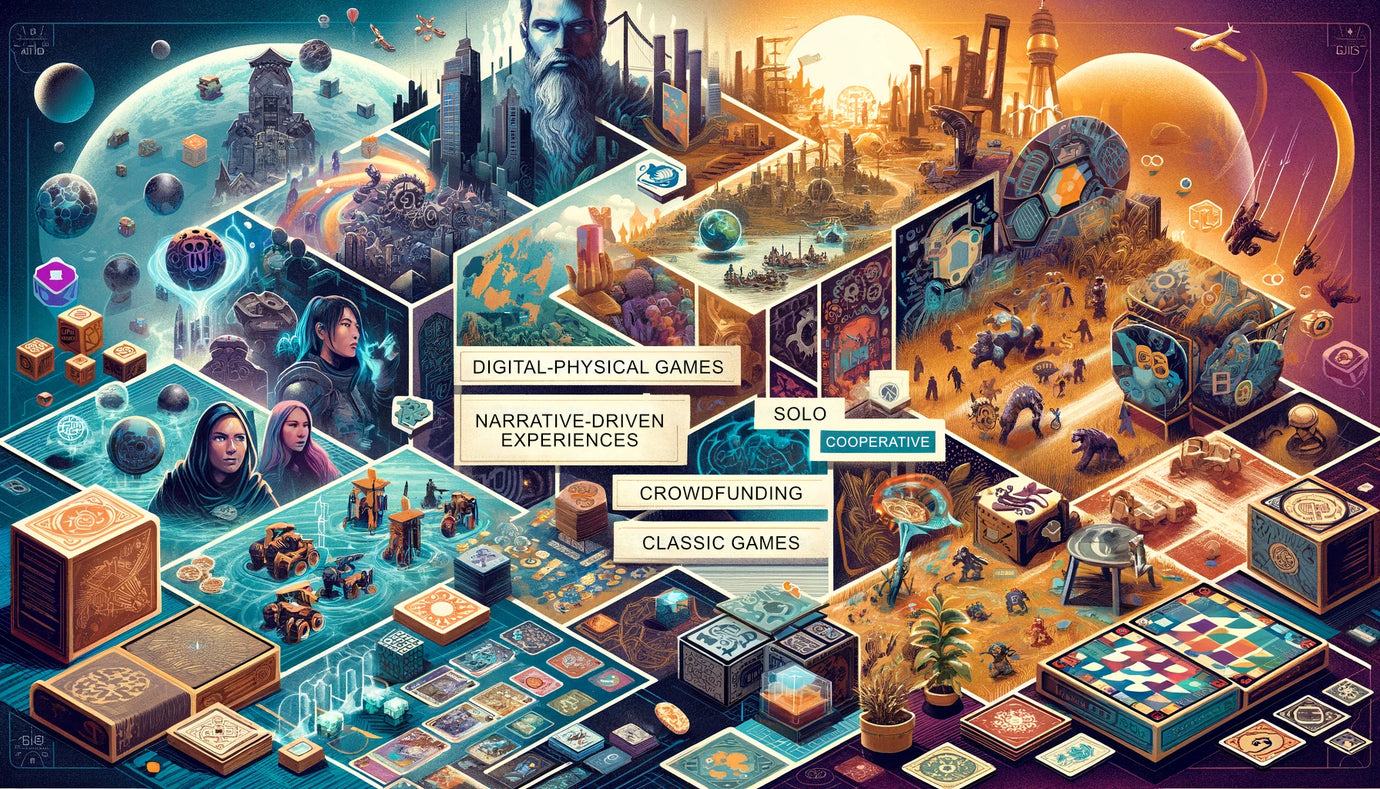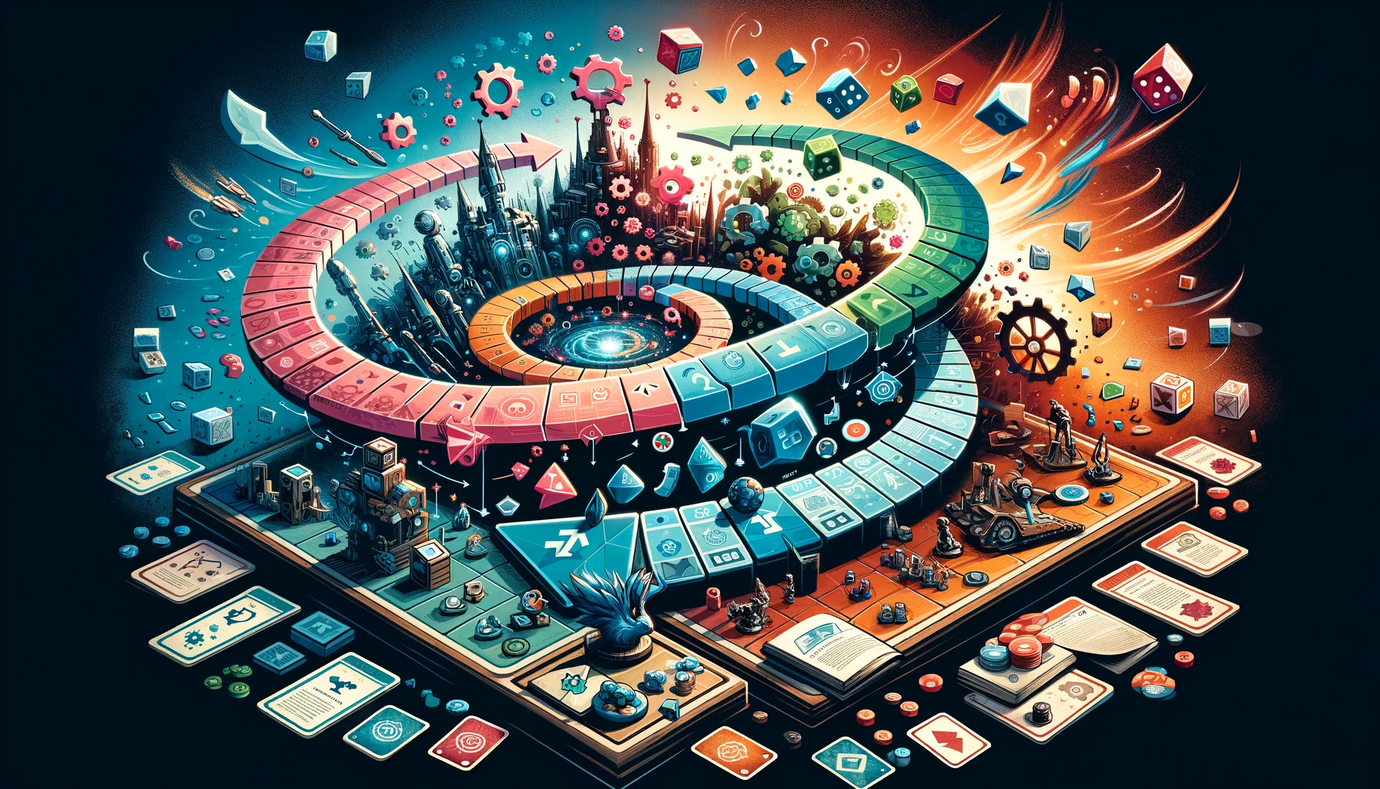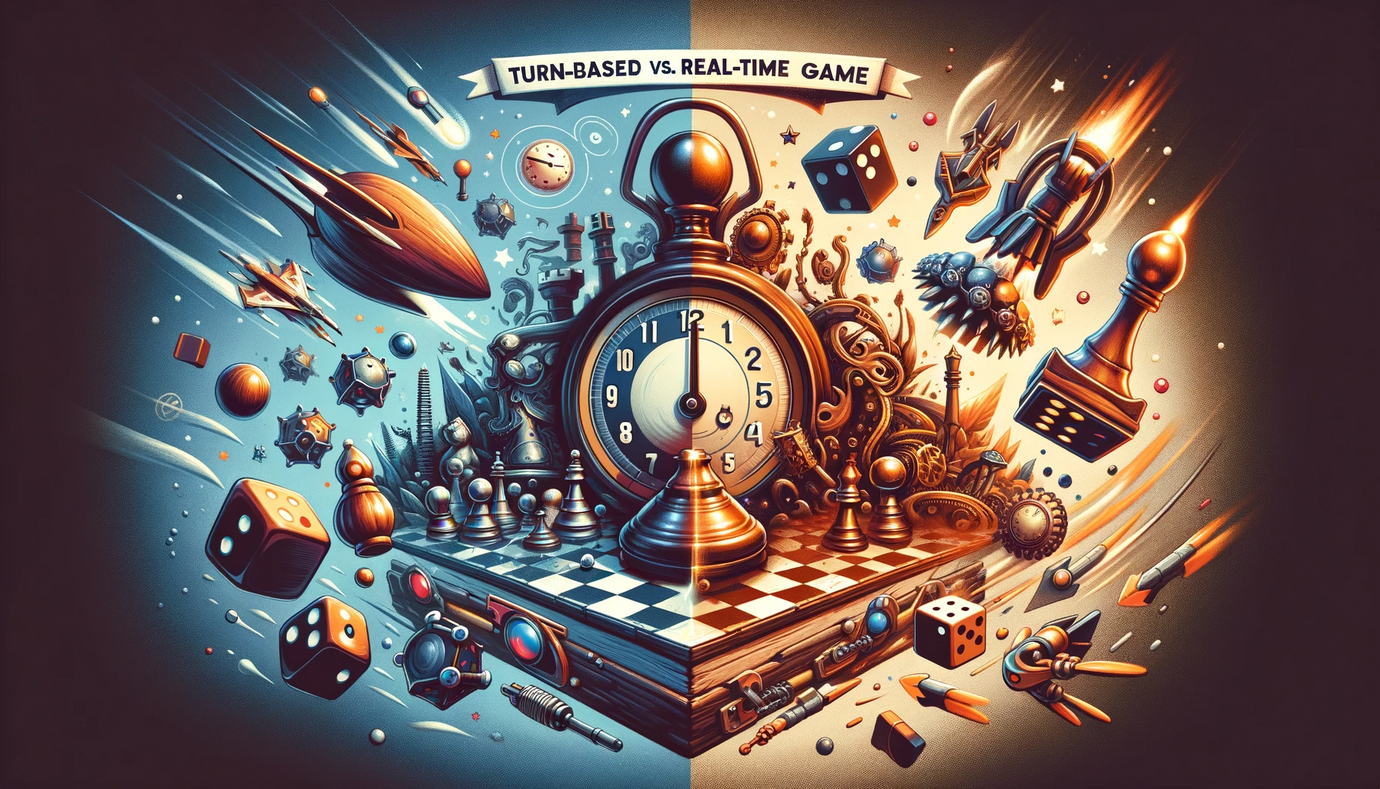Developing Expansion Ideas for Your Game

Introduction
Creating an expansion for your board or card game is a fantastic way to rejuvenate interest, add depth, and prolong the life of the game. Expansions can introduce new mechanics, themes, or strategies that reinvigorate the gameplay experience. This blog post will guide you through the process of developing expansion ideas for your game, ensuring that they enhance and complement the original while offering fresh and exciting content to players.
Understanding the Purpose of Expansions
Expansions serve multiple purposes: they can address feedback from the original game, add complexity or variety for seasoned players, or extend the game's narrative or thematic elements. The key is to create expansions that feel like natural extensions of the original game.
1. Evaluating the Original Game
Identify Strengths and Weaknesses: Assess what players love about your game and what could be improved. This insight will guide the focus of your expansion.
Review Player Feedback: Look at reviews, forums, and direct feedback from players. What do players wish was included in the original game?
2. Deciding the Type of Expansion
Content Expansion: Adds more of what’s already in the game, like new cards, characters, or scenarios. Ideal for games where players crave more variety.
Mechanic Expansion: Introduces new mechanics or systems, which can change how the game is played or offer new strategies.
Thematic Expansion: Explores new themes or stories, deepening the narrative or exploring new aspects of the game world.
3. Maintaining Balance and Coherence
Balance with Original Game: Ensure that the expansion doesn’t overpower the original game. It should offer new options without making previous strategies obsolete.
Thematic and Aesthetic Consistency: The expansion should visually and thematically match the original game, maintaining the same style and quality.
4. Enhancing Replayability
Adding Variability: Introduce elements that increase the game’s replayability. This could be through modular components, randomized setups, or new combinations of gameplay.
Scalability: Consider how the expansion affects game length and complexity. It should ideally offer scalability to accommodate different player preferences.
5. Developing New Content
Creative Brainstorming: Brainstorm new ideas that align with your game’s concept. Think about what new elements could excite and engage players.
Prototyping: Develop prototypes of your expansion ideas. Test how these additions work with the existing game mechanics.
6. Playtesting the Expansion
Extensive Playtesting: Test the expansion rigorously. Ensure it integrates smoothly with the main game and adds to the overall experience.
Feedback on Expansion: Gather specific feedback on the expansion. Does it enhance the game? Is it enjoyable and balanced?
7. Addressing the Game's Longevity
Future-Proofing: Consider how the expansion will affect the game's longevity. Will it make the game too complex over time or add much-needed depth?
Compatibility with Future Expansions: If you plan more expansions, consider how this one will fit with future additions.
8. Marketing and Positioning the Expansion
Engage the Community: Build excitement by engaging with the player community. Share teasers, development updates, and sneak peeks.
Clear Value Proposition: Communicate the value of the expansion. What new experiences or challenges does it offer?
9. Legal and Production Considerations
Intellectual Property: Ensure that any new content in the expansion doesn’t infringe on existing intellectual property rights.
Production Costs: Consider the cost implications of the expansion. It should be economically viable to produce and priced appropriately for the market.
10. Launching and Supporting the Expansion
Seamless Integration: Upon launch, ensure that players can easily integrate the expansion into the base game.
Continued Support: Provide ongoing support for the expansion, including rule clarifications, FAQs, and customer service.
Developing an expansion can breathe new life into your game, offering players new ways to enjoy and explore the game world you’ve created. By carefully considering the type of expansion, maintaining balance with the original, and enhancing the overall gameplay experience, you can create an expansion that excites and satisfies your player base. Remember, a great expansion not only adds content but also deepens the engagement and enjoyment of your game.








